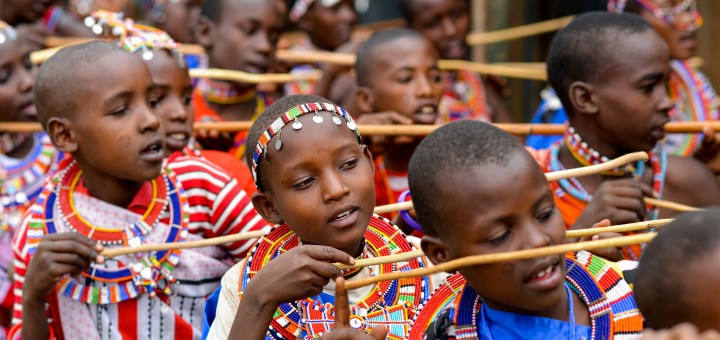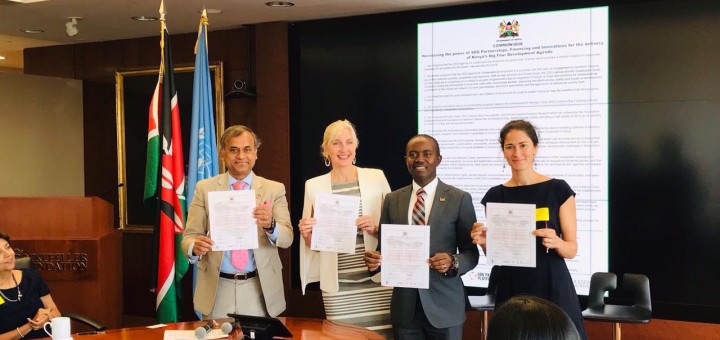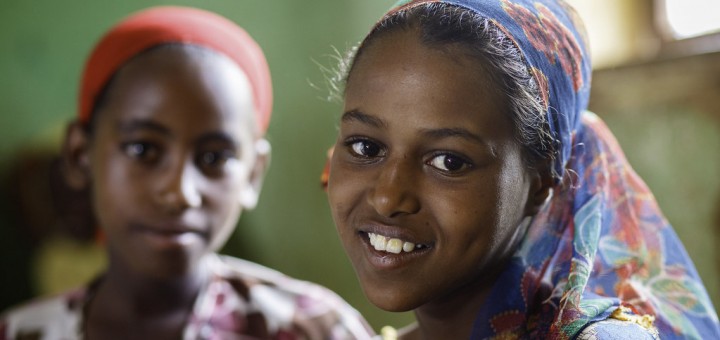35% of local foundations in Kenya registered as NGOs. The NGO Act defines an ‘NGO’ as “a private voluntary grouping of individuals or associations, not operated for profit or for other commercial purposes but which have organized themselves nationally or internationally for the benefit of the public at large and for the promotion of social welfare, development, charity or research in the areas inclusive of, but not restricted to, health, relief, agriculture, education, industry and the supply of amenities and services.” The NGO Act becomes inactive with the official commencement of Public Benefit Organization (PBO) Act.
Photo Credit: Kevin Ouma





